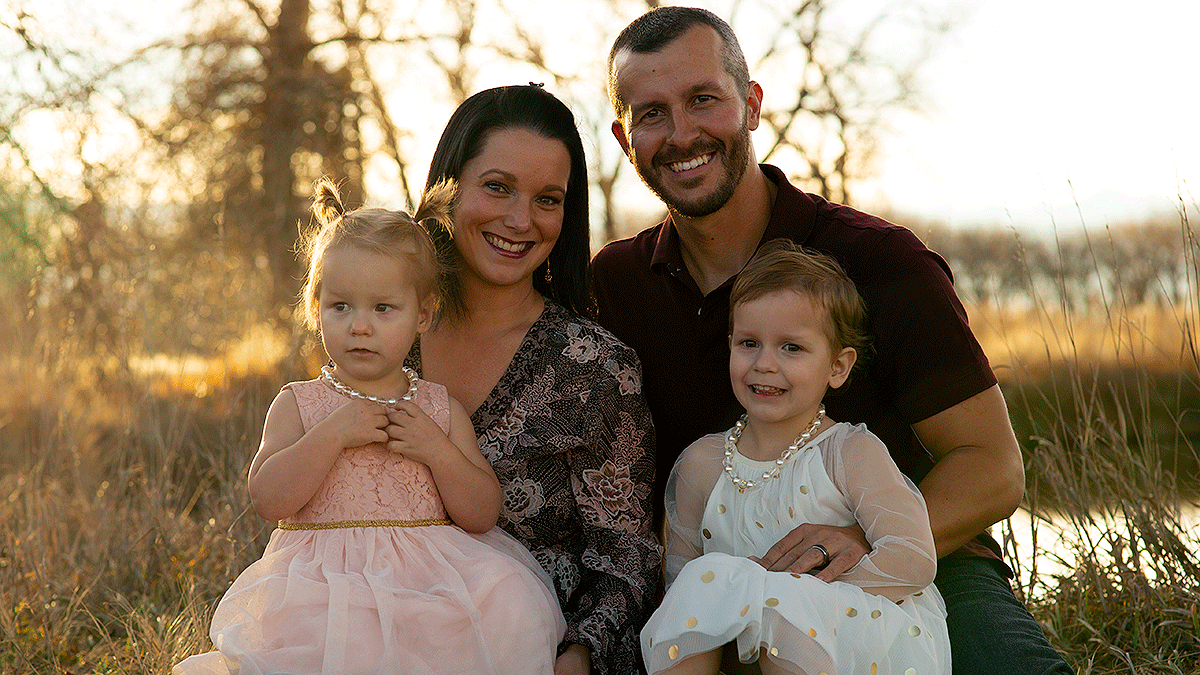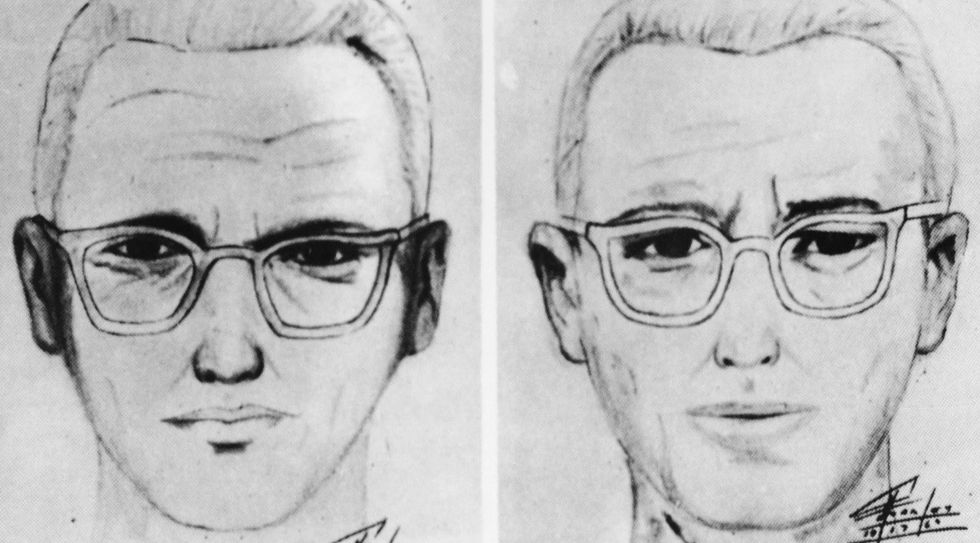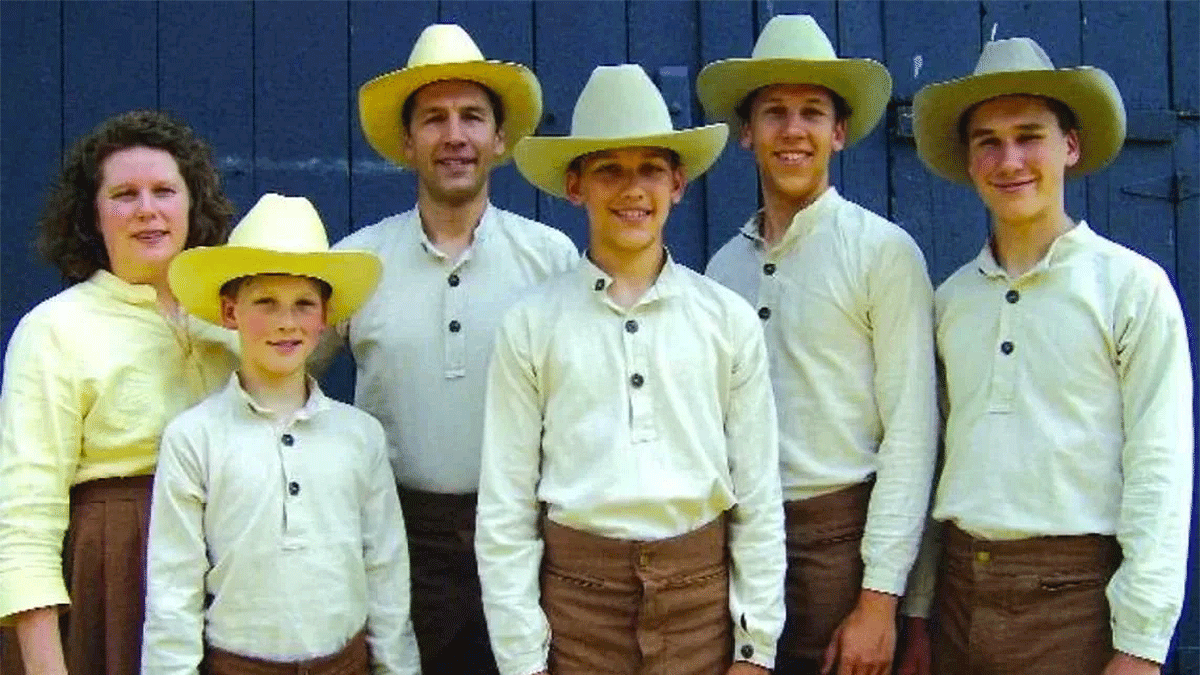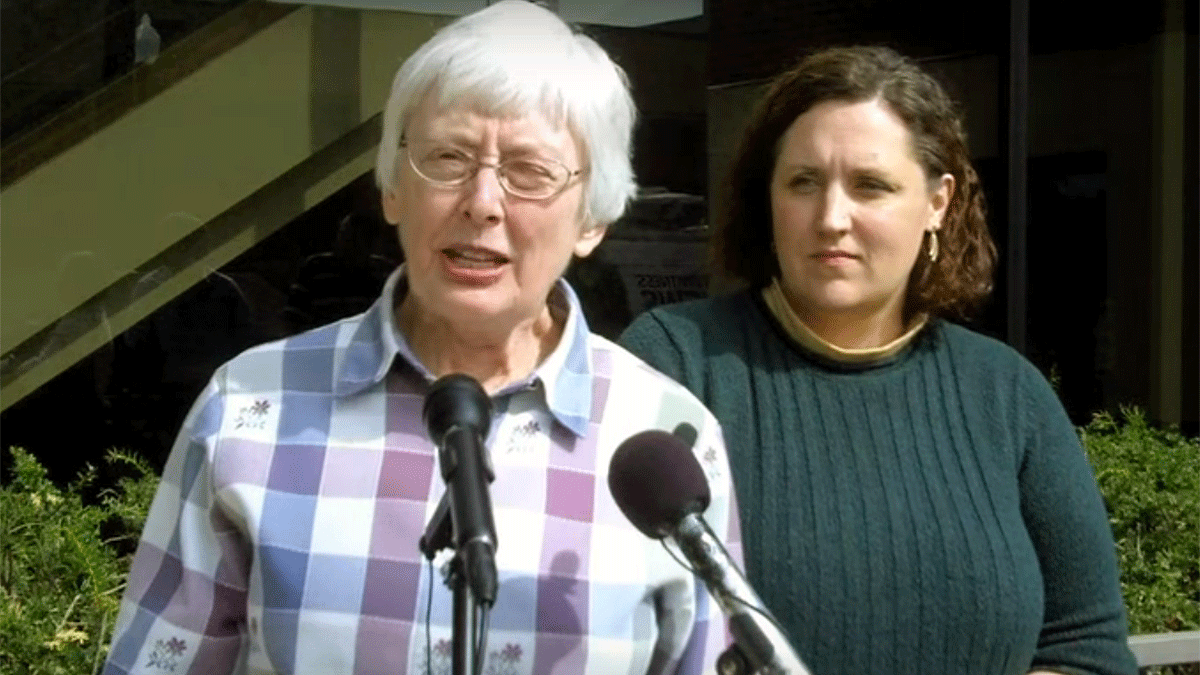9-Year-Old Girl and Her Baby Brother Kidnapped at 7-Eleven – She Follows Her Gut and Saves Her Brother’s Life
It's the scariest situation a parent could imagineFox 5 Las Vegas interviewed Nyla Prentiss, who detailed the night her mother pulled into a local 7-Eleven to use the ATM, leaving her and her 11-month old brother, King, in the car. Nyla details how a man approached the car, got in the driver’s side, and sped off with her and her brother still in the car. Karen Quinn, Nyla’s mother, said she had locked the door before entering the store, but that it unlocked when the car’s technology sensed that her key was nearby. The suspect, 38-year-old Mario Estrada, jumped inside the vehicle and drove off as Nyla’s mother desperately tried to stop him — begging him to let her kids out.RELATED: How a Podcast Exposed a New Break in the Unsolved Delphi MurdersNyla recalls “I was like, ‘Please, sir, please let us out the car. I ain’t got nothing to do with this, please just take the car and let us go.” She continues, “And I didn’t want to put my hands on him because he was driving fast and I didn’t want to die, so … and then he turned and he went the other way.” Luckily, after a few moments the suspect pulled over and told Nyla to get out. A Sister’s Love and BraveryIn the same interview, Nyla recounts how her focus throughout the scary ordeal was her little brother. She proudly tells the interviewer how she watches him everyday, and her selflessness is evident.“The only thing I was worried about was my little brother. And so I tried to grab my shoes, and [the suspect] didn’t let me. He was like, ‘Here, get out.’ So I grabbed his binky and me and him ran,” Nyla said. Despite the terrifying event, Nyla was able to remain calm enough to find her way back to the 7-Eleven. “I was looking for some lights, and then I saw the 7-Eleven that we was at, and then I went in there and I was shaking and crying,” Nyla recounted.RELATED: How Cynthia Vigil Escaped ‘Toy Box Killer’ David Parker Ray and Ended His Horrific CrimesPolice who were working near the scene eventually found Nyla and her brother, reuniting their worried mother with her children. An officer soon spotted the stolen SUV, and a high-speed chase ensued, ending when Estrada crashed into another vehicle. Allegedly, he exited the damaged car and attempted to run away, but was quickly apprehended. Estrada faces 10 charges, including child abuse or neglect, second-degree kidnapping and grand larceny of a motor vehicle.Bravery Inspires Awe in the CommunityA quick look through the comments on the Fox 5 video shows the outpouring of support and admiration for Nyla. Many are amazed at her bravery and maturity, admiring both her ability to get out of the situation and the love she has for her little brother.Nyla is clearly a brave soul, and an incredible older sister. Awful things happen, but so do miracles.KEEP READING:How 17-Year-Old Lisa McVey Saved Her Own Life by Outsmarting the Serial Killer Who Abducted Her




























